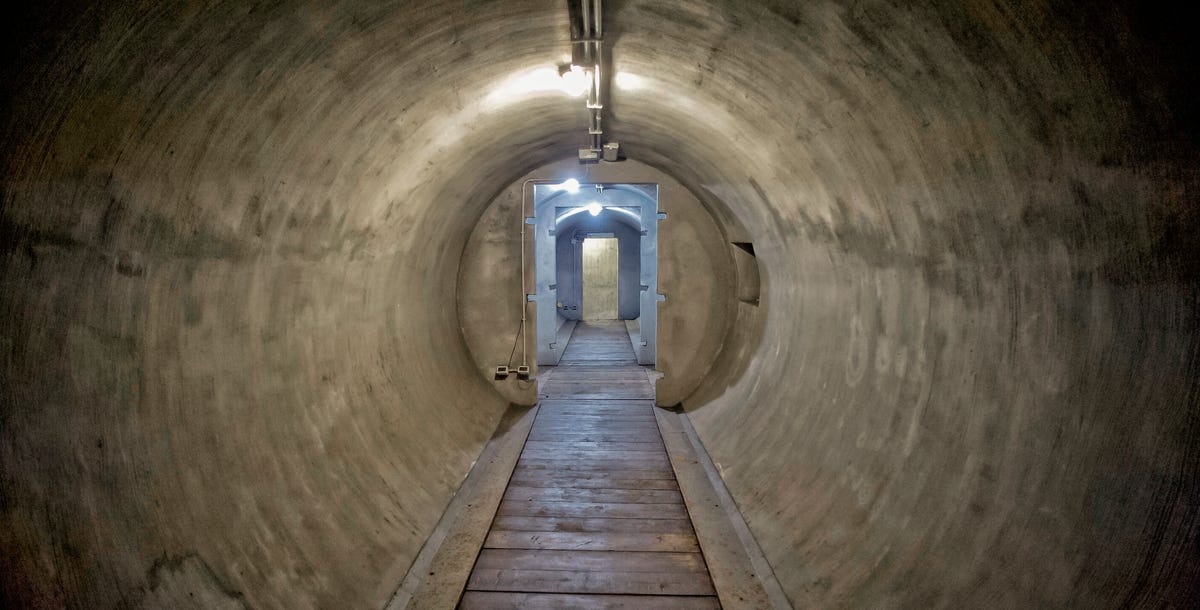Previously, a yield strength of 5,000 pounds per square inch (psi) was enough for concrete to be rated as “high strength,” with the best going up to 10,000 psi. The new UHPC can withstand 40,000 psi or more.
The greater strength is achieved by turning concrete into a composite material with the addition of steel or other fibers. These fibers hold the concrete together and prevent cracks from spreading throughout it, negating the brittleness. “Instead of getting a few large cracks in a concrete panel, you get lots of smaller cracks,” says Barnett. “The fibers give it more fracture energy.”



I never really got why tactical and strategic nukes are so wildly different. Aren’t those words more or less synonyms?
deleted by creator
and housing becomes much more accessible too when buildings are intact but their inhabitants have much shorter lives because of radiation
deleted by creator
“Eventually” might be a long time with radiation.
20 years after the Chernobyl disaster the level of radiation was still high enough to give you a good chance of cancer if you went to live there for a few years.
https://www.chernobylgallery.com/chernobyl-disaster/radiation-levels/
I don’t know how much radiation these “tactical” weapons release, but if it’s comparable to Chernobyl, even if the buildings were not originally damaged, I don’t know how fit they would be for living after being abandoned for 30 or 40 years.
deleted by creator
The reality is that “tactical” and “strategic” are functionally meaningless adjectives when applied to weapons or systems.
Theoretically, “tactical” refers to how a military unit engages another military unit. It is how a commander wins a battle against an enemy unit.
“Strategic” refers to how a nation engages another nation. It is how a government wins a war.
The term “tactical nuke” referred to something that a lower level commander could have been authorized to use under his own judgment. If Soviet tanks were rolling across Europe during the cold war, commanders may have been granted the discretion to use small nuclear weapons to halt their advance.
Since the the doctrine of Mutually Assured Destruction was established, there has been no such thing as a “tactical” nuke. Any wartime use of a nuclear weapon of any kind demands an escalation to total annihilation. I used the term “tactical” ironically, to refer to a pre-“MAD” doctrine that can no longer exist.
In declaring that conventional bombs cannot penetrate this fixed bunker, it seems that someone is pushing for unconventional warfare. The reality is that this bunker is not impenetrable. It shares the same weakness as any bunker: getting into and out of it. Bomb the entrances to the bunker, and it will take months or years to tunnel back in. Whatever they are doing inside it, they won’t be doing until they manage to dig it up again.
Very much not.
Tactical means immediately useful. E.g. use against troops. Strategical means mediately useful. E.g. use against infrastructure and production capacity. Also massively killing civilians. This is where most heinous war crimes live.
One means directly, one means by middle man. E.g. a president is elected mediatly by electing a law giving council that then votes on who becomes president. As opposed to the people electing said president directly.
In common usage they’re equivalent to small and big. In practical terms, all nukes are strategic - use of a nuke has profound global diplomatic repercussions.
Generally yield and intention difference, strategic takes out cities, tactical takes out factories, military bases and compounds.
It is like a rifle vs. a cannon.
Yes it is functionally the same, but the “bullet” is much much larger.
Not really. More like a cannon and an artillery aimed at industrial capacity.